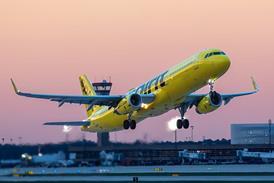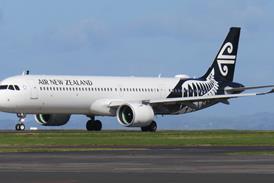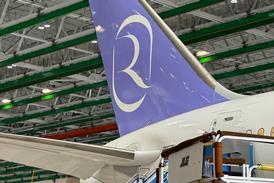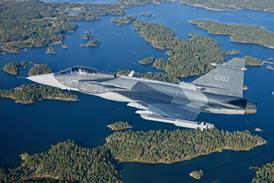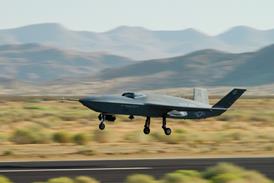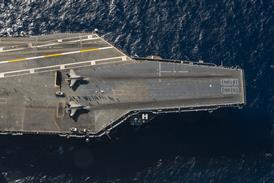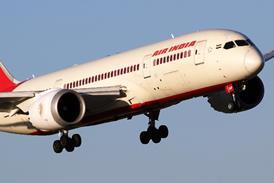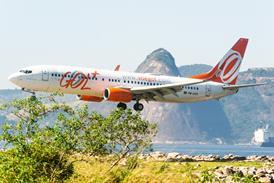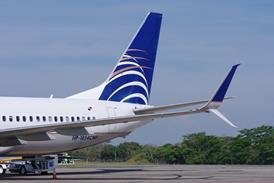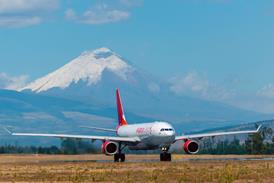A US Marine Corps (USMC) Bell-Boeing MV-22B Osprey tiltrotor has performed anti-submarine warfare (ASW) duties for the first time, as the Japan Ground Self-Defense Force (JGSDF) completes the deployment of its V-22s to Kyushu.
The USMC mission involved the MV-22B working with two US Navy Sikorsky MH-60R naval combat helicopters. Operating somewhere in the Indo-Pacific, the Osprey deployed sonobuoys in co-operation with the rotorcraft.
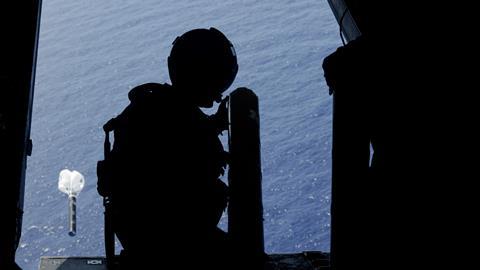
“The Marine Corps has spent the past five years re-tooling to fight in the Pacific and the submarine threat can’t be ignored,” says USMC Colonel Niedziocha, commanding officer of the 31st Marine Expeditionary Unit (MEU).
The MH-60Rs were operating from the USS George Washington aircraft carrier strike group, while the MV-22Bs flew from another strike group led by the USS America amphibious assault ship.
The USMC says employing the MV-22B in the ASW role will significantly enhance the MEU’s ability to find, track and deter potential adversaries.
China has dramatically expanded its underwater capabilities amid an unprecedented military build-up, operating about 60 submarines and with the fleet continuing to grow.
Separately, Tokyo has completed the movement of all 17 of its JGSDF V-22s to Saga garrison on the southern island of Kyushu. The relocation will allow the tiltrotors to better support the country’s Amphibious Rapid Deployment Brigade (ARDB), modelled on the USMC.
Formed in 2018 – Japan’s first marine unit since the Second World War – the ARDB is designed to retake remote Japanese islands in the event of illegal occupation. Its creation followed rising tensions over the Senkaku Islands and China’s growing military assertiveness.

